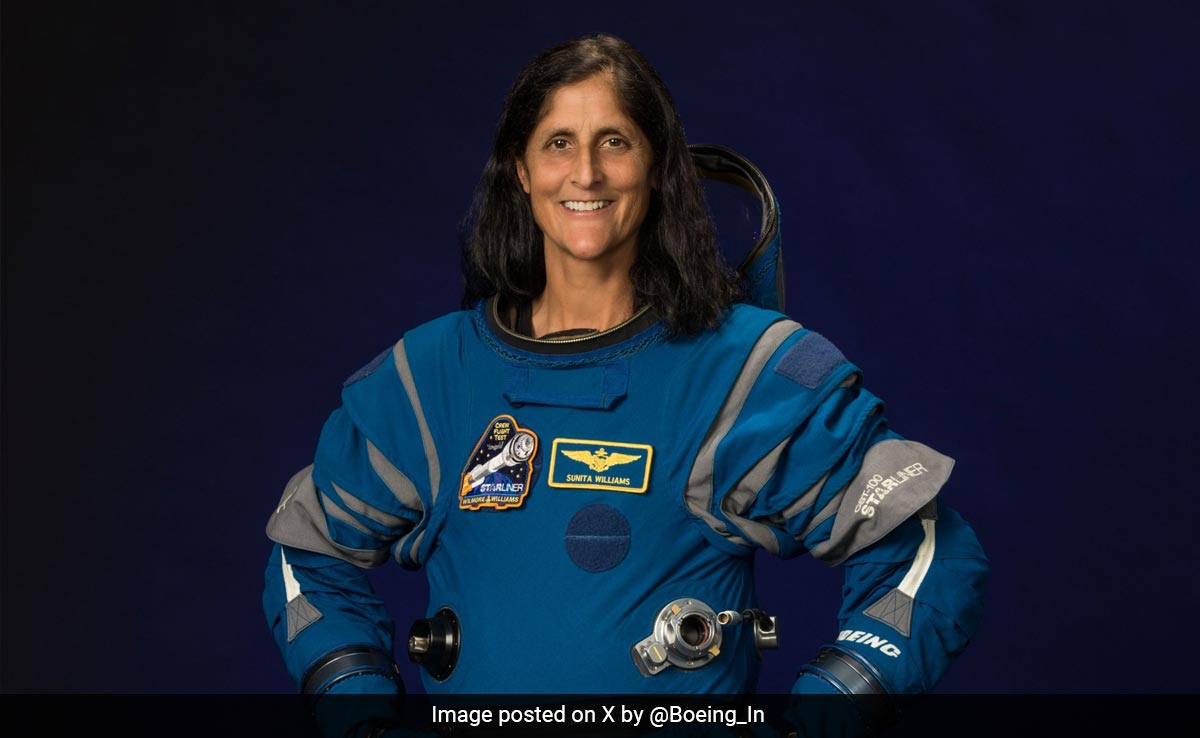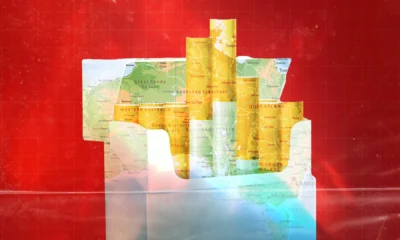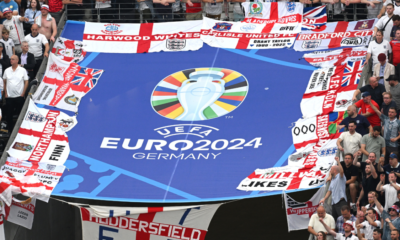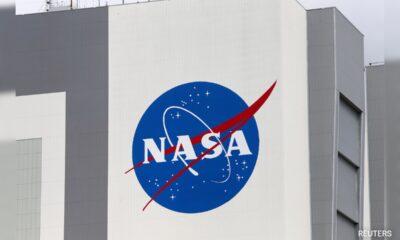The Starliner spacecraft will be catapulted into space on an Atlas 5 rocket.
Washington DC:
The US space agency NASA announced on Thursday that the first crewed launch of Boeing’s Starliner spacecraft, piloted by Indian-origin Sunita Williams, to the International Space Station (ISS) is now scheduled for June 1.
Mission managers from NASA, Boeing and ULA (United Launch Alliance) continue to evaluate a path forward toward launching the Boeing Crew Flight Test (CFT) to the International Space Station (ISS), the space agency said in a statement.
The teams are now working toward a 12:25 PM ET launch opportunity on Saturday, June 1, with additional opportunities on June 2, June 5, and June 6.
A helium leak on the Starliner’s service module had delayed the spacecraft’s first mission to human space, which was initially scheduled for May 7 but was postponed with successive delays.
Boeing’s Staliner spacecraft is designed to carry Sunita ‘Suni’ Williams and fellow NASA astronaut Barry ‘Butch’ Wilmore to the International Space Station as part of a final test before the US space agency can certify the Starliner for routine missions to and from the ISS.
The Starliner spacecraft will be catapulted into space from the Cape Canaveral Space Force Station in Florida on an Atlas 5 rocket from the rocket company United Launch Alliance (ULA).
The duo will remain in the orbiting laboratory for about two weeks to evaluate the new spacecraft and its systems before returning to Earth in the western United States.
“Much exceptional analysis and testing has been conducted over the past two weeks by the joint NASA, Boeing and ULA teams to replace the Centaur self-regulating valve and resolve the Starliner Service Module helium manifold leak,” said Steve Stich, manager of the NASA Commercial Crew program.
“It has been important that we take the time to understand all the complexities of each issue, including the redundant capabilities of the Starliner propulsion system and any implications for our Interim Human Rating certification,” he said in a statement from the US space agency.
“We will launch Butch and Suni on this test mission after the entire community reviews the teams’ progress and rationale for flight during the upcoming Delta Agency Flight Test Readiness Review,” he said.
Both Sunita Williams and Barry Wilmore will continue to train in Starliner simulators and the crew that remains in quarantine will fly back to NASA’s Kennedy Space Center in Florida closer to the new launch date, the space agency said.
Mission managers of the Crewed Test Flight (CFT) of the Boeing Starliner aborted the mission on May 7, just two hours before the scheduled launch, due to a valve failure in the upper stage of the Atlas 5 rocket. Boeing said in its statement that the valve was successfully replaced on May 11 and tested to confirm that it was working properly.
Later on May 14, NASA announced that the CFT mission, scheduled for May 17, has been postponed until May 21 at the latest due to what it described as a “small helium leak” in the spacecraft’s service module.
On May 17, the space agency said the launch was further postponed until May 25.
The flight, which marks Boeing’s first Starliner spacecraft mission with a human crew, is part of NASA’s Commercial Crew Program, which partners with the U.S. aerospace industry through a public-private partnership to launch astronauts on U.S. rockets and spacecraft from U.S. soil .
NASA selected Boeing and SpaceX in September 2014 to transport crew members from the United States to the International Space Station. These integrated spacecraft, rockets and associated systems will carry up to four astronauts on NASA missions, maintaining a space station crew of seven to maximize time spent on scientific research in the orbiting laboratory.
After a failed attempt in December 2019, Boeing conducted a successful Unmanned Orbital Flight Test 2 (OFT-2) in 2022. The Starliner is expected to be reusable for up to 10 missions within a six-month turnaround time, the aerospace company said. .
Crew Dragon, owned by SpaceX, has flown twelve crewed missions since its first launch on May 30, 2020.
Boeing received more than $4 billion in U.S. federal funds to develop the Starliner, while SpaceX received about $2.6 billion.
(Except for the headline, this story has not been edited by NDTV staff and is published from a syndicated feed.)














